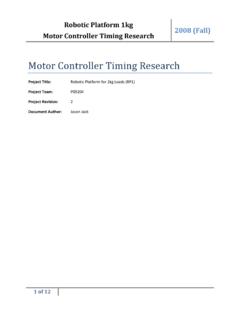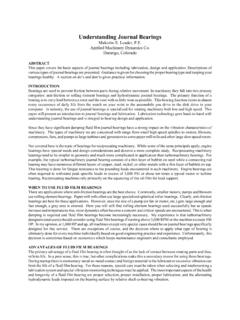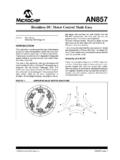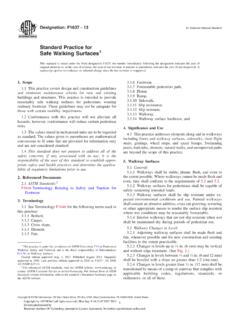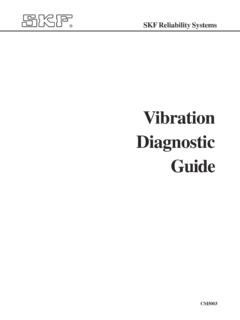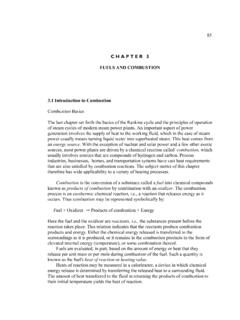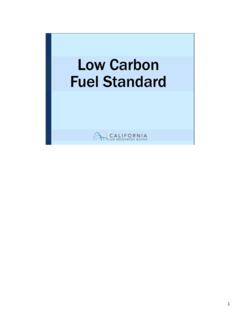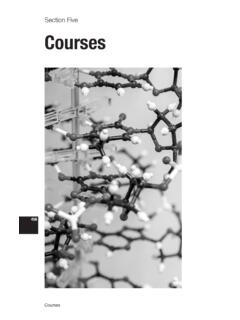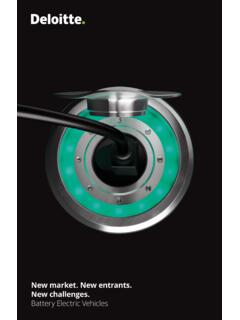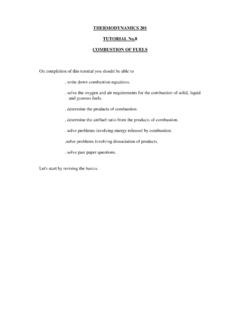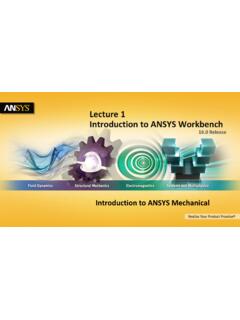Transcription of Chapter 5 Parabolic Trough Technology - EDGE
1 Advanced CSP Teaching Materials Chapter 5. Parabolic Trough Technology Authors Matthias G nther1. Michael Joemann1. Simon Csambor1. Reviewers Amenallah Guizani2. Dirk Kr ger3. Tobisas Hirsch4. 1. Institute for Electrical Engineering, Rational Energy Conversion, University of Kassel, Wilhelmsh her Allee 73, 34121 Kassel 2. Centre des Recherches et Technologies de L'Energie , BP 95 Hamam lif 2050, Tunisia 3. German Aerospace Center (DLR) -Solar Research, Linder H he 51147 Cologne, Germany 4. German Aerospace Center (DLR)-Solar Research, Pfaffenwaldring 38-40, 70569 Stuttgart, Germany 1.
2 Table of Contents 1 Introduction ..7. 2 History of Parabolic Trough power plant Technology ..9. 3 Power plant components .. 13. Parabolic Trough collector .. 14. Collector geometry .. 14. Mirror material .. 22. Bearing structure .. 27. Sun Tracking System .. 40. 44. Receiver 45. Receiver efficiency .. 51. Heat transfer 55. Heat transfer fluid in indirect steam generation power plants .. 55. Direct steam generation .. 58. Solar field .. 64. Solar field 64. Solar field 65. Solar field 68. 4 Power plant integration .. 71. Solar field size, storage, solar multiple.
3 71. Base load, intermediate load and peak load plant configuration .. 73. Hybridisation .. 75. 5 Efficiency of Parabolic Trough power 80. Solar-to-electric efficiency .. 80. Solar field efficiency .. 81. Power block losses .. 87. Parasitic energy uses .. 88. Reference List .. 89. Annex .. 94. 1 Proof that a parabola has a focal point .. 94. 2 Proof that parabolas with the same rim angle are geometrically similar .. 96. 3 Derivation of the relation between rim angle, focal length and aperture width .. 98. 4 Derivation of the Parabolic Trough surface area.
4 98. Questions .. 100. 2. Answers .. 102. Exercises .. 103. Solutions .. 106. 3. Nomenclature Symbol Meaning Unit Latin letters a aperture width m A surface area m . active receiver surface area m . collector aperture area m . receiver aperture area m . aperture area m . total receiver surface area m . b insulation thickness m C concentration ratio - geometrical concentration ratio - d receiver diameter m f focal length of Parabolic Trough m direct irradiance on the collector aperture W/m2. irradiance in the Sun image W/m2. irradiance on receiver W/m2.
5 H heat transfer coefficient IAM incidence angle modifier - l collector length m rated electrical power W. total energy input W. useable energy output W. power that is absorbed by the receiver glass tube W. conductive heat transfer W. convective heat transfer W. convective heat loss of the absorber tube W. convective heat loss of the receiver glass tube W. optical receiver loss W. thermal receiver loss W/m heat transfer through radiation W. power loss due to radiant emittance of the absorber W. power loss due to radiant emittance of the receiver glass W.
6 Tube power loss due to reflection on the absorber W. power loss due to reflection on the receiver glass tube W. useable energy flow W. distance between absorber tube and mirror rim m s tracking angle , rad S parabola length ( Trough cross-section) m SM solar multiple - ambient temperature C, K. high temperature level in a thermodynamic cycle C, K. surface temperature of heat transfer element C, K. low temperature level in a thermodynamic cycle C, K. T temperature C, K. 4. Greek letters absorptance - sun beam angle ', rad weighted average absorptance for black-body radiation at - temperature T.
7 Spectral absorptance - azimuth angle . solar azimuth angle . dispersion angle ', rad weighted average emissivity for black-body radiation at the - temperature T. emissivity (in specific spectral range) - efficiency - power block efficiency - optical solar field efficiency at incidence angle - solar field efficiency - maximum thermal-to-mechanical conversion efficiency - incidence angle . solar zenith angle . wavelength M. thermal conductivity W/(mK). collector length use factor - intercept variance factor - optical parameter variance factor - reflectivity - Stefan-Boltzmann constant W/(m ).
8 Transmittance - rim angle . hour angle . Acronyms ASE Archimede Solar Energy BOP Balance of plant CSP Concentrating Solar Power DISS Direct Solar Steam DLR German Aerospace Center DNI Direct Normal Irradiation DSG Direct steam generation HCE Heat Collection Element HTE Heat Transfer Element HTF Heat Transfer Fluid IAM Incidence Angle Modifier NREL National Renewable Energy Laboratory PCM Phase Change Material PSA Plataforma Solar de Almer a SCA Solar Collector Assembly SEGS Solar Energy Generating System SM Solar Multiple 5. Summary In this section we will get to know the currently most frequent form of large scale CSP plants: Parabolic Trough power plants.
9 We will learn about their history and their current status. We will understand their structure and how their components work. Important design parameters will be explained. At the end, the efficiency of the generation of electricity with Parabolic Trough power plants will be specified. Key questions Which is currently the dominating CSP Technology ? What are the milestones in the history of Parabolic Trough power plants? What are the main components of a Parabolic Trough power plant and how do they work? What are central parameters in the design of a Parabolic Trough power plant?
10 How efficient are Parabolic Trough power plants? 6. 1 Introduction Parabolic Trough power plants use Parabolic Trough collectors to concentrate the direct solar radiation onto a tubular receiver. Large collector fields supply the thermal energy, which is used to drive a steam turbine, which, on its part, drives the electric generator. Figure 1: Parabolic power plants in southern Spain (Andasol 1 and 2, in the back ground on the right side the prepared construction ground for Andasol 3, source: Solar Millenium). Parabolic Trough power plants constitute the biggest share of the installed concentrating solar power Technology .
